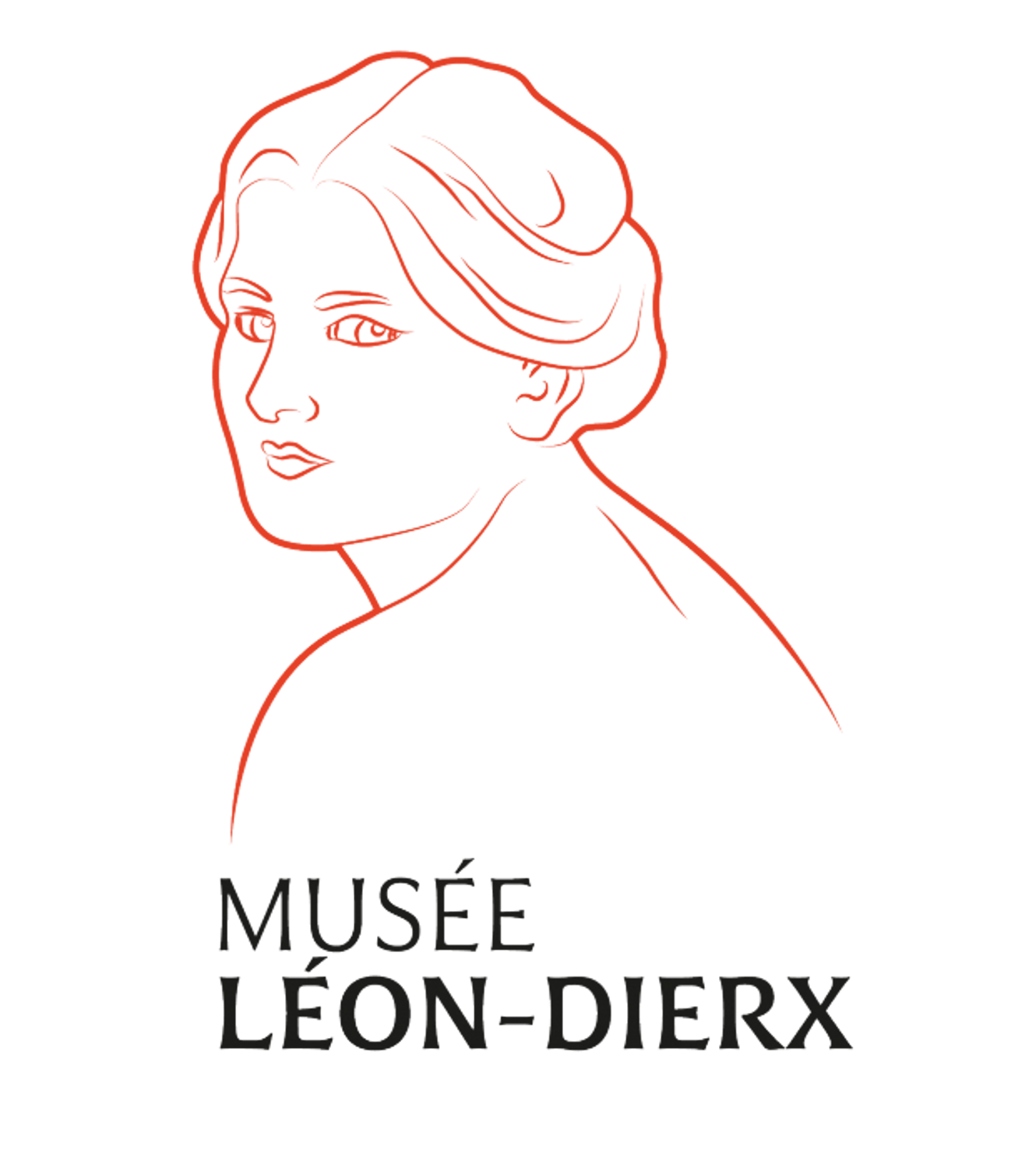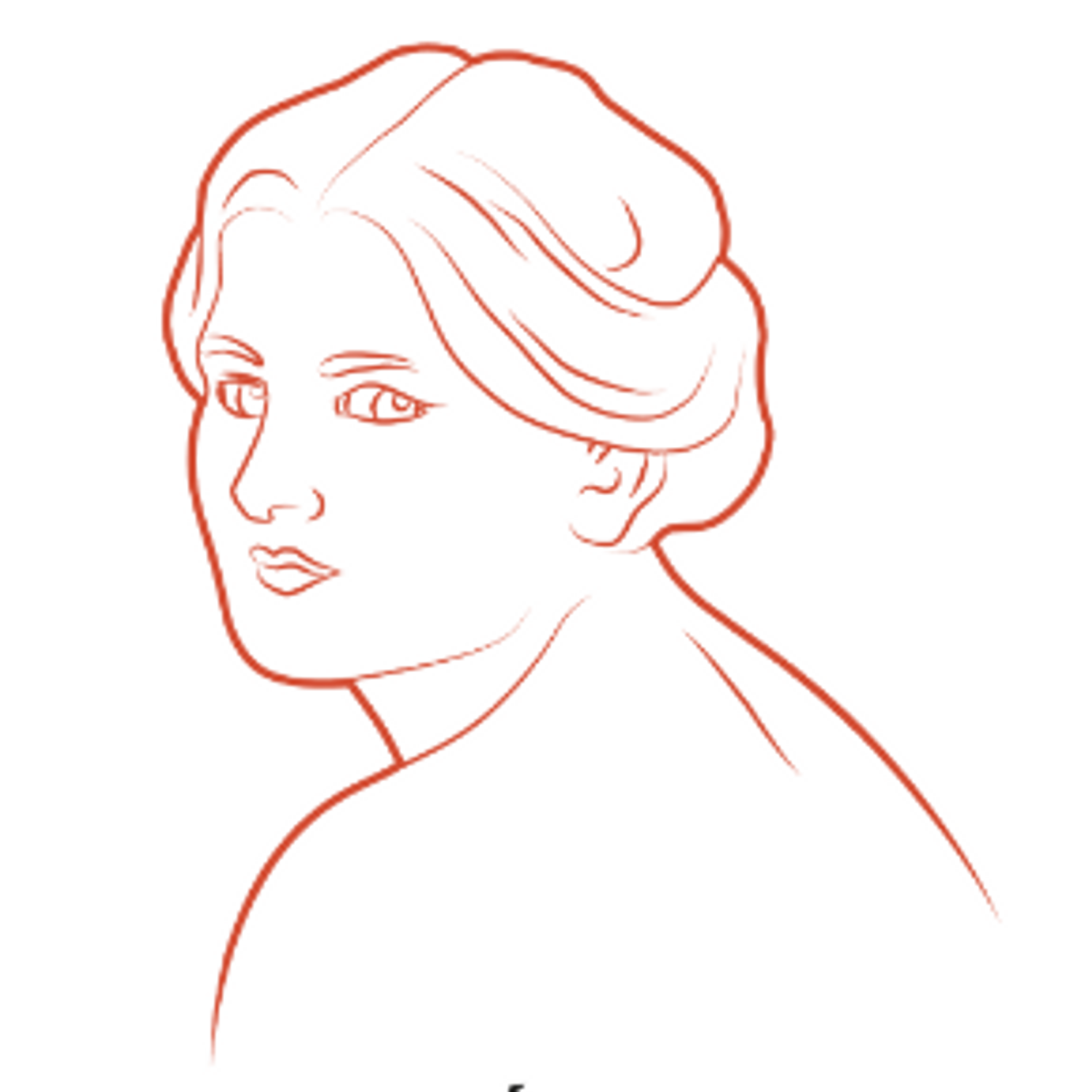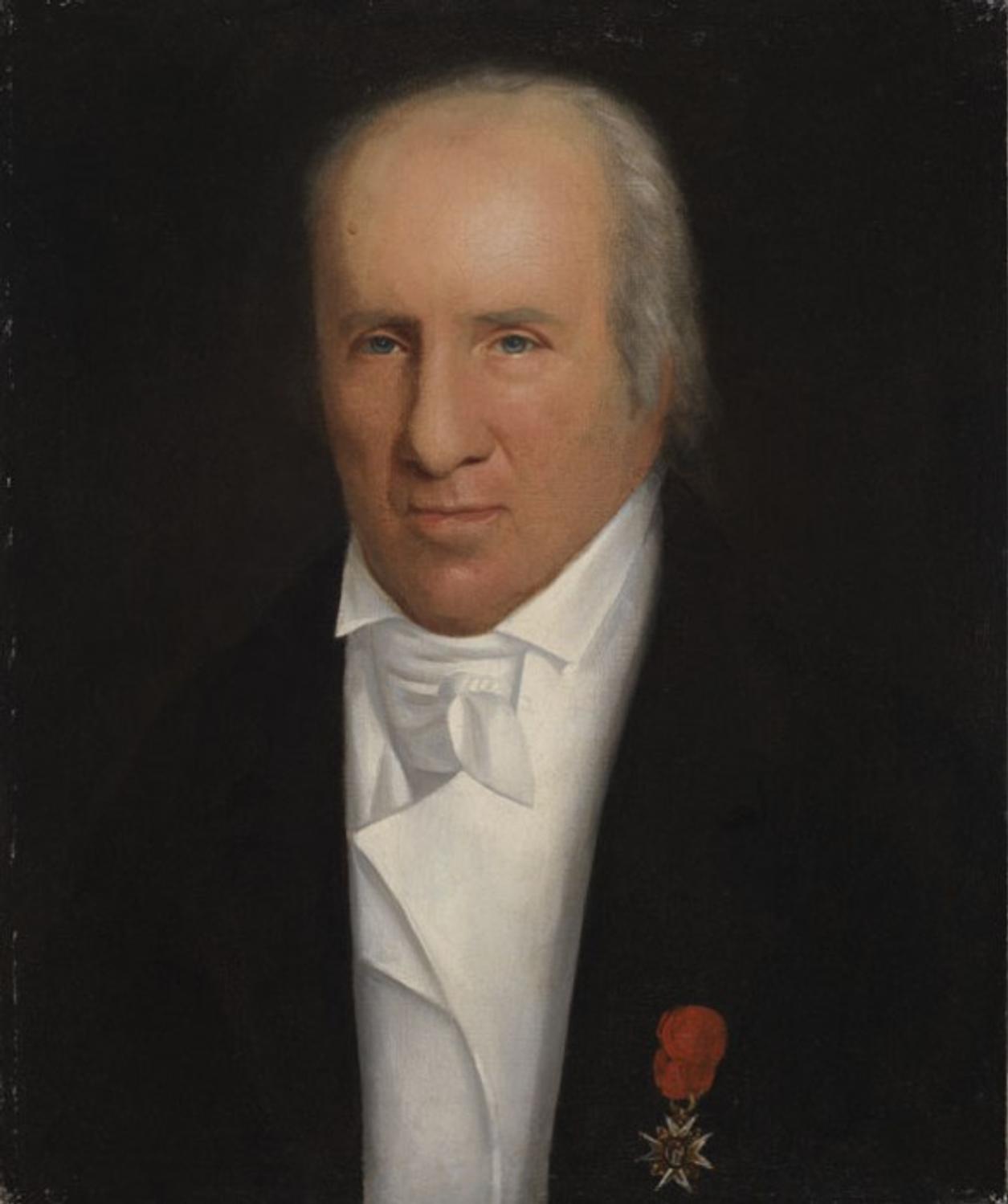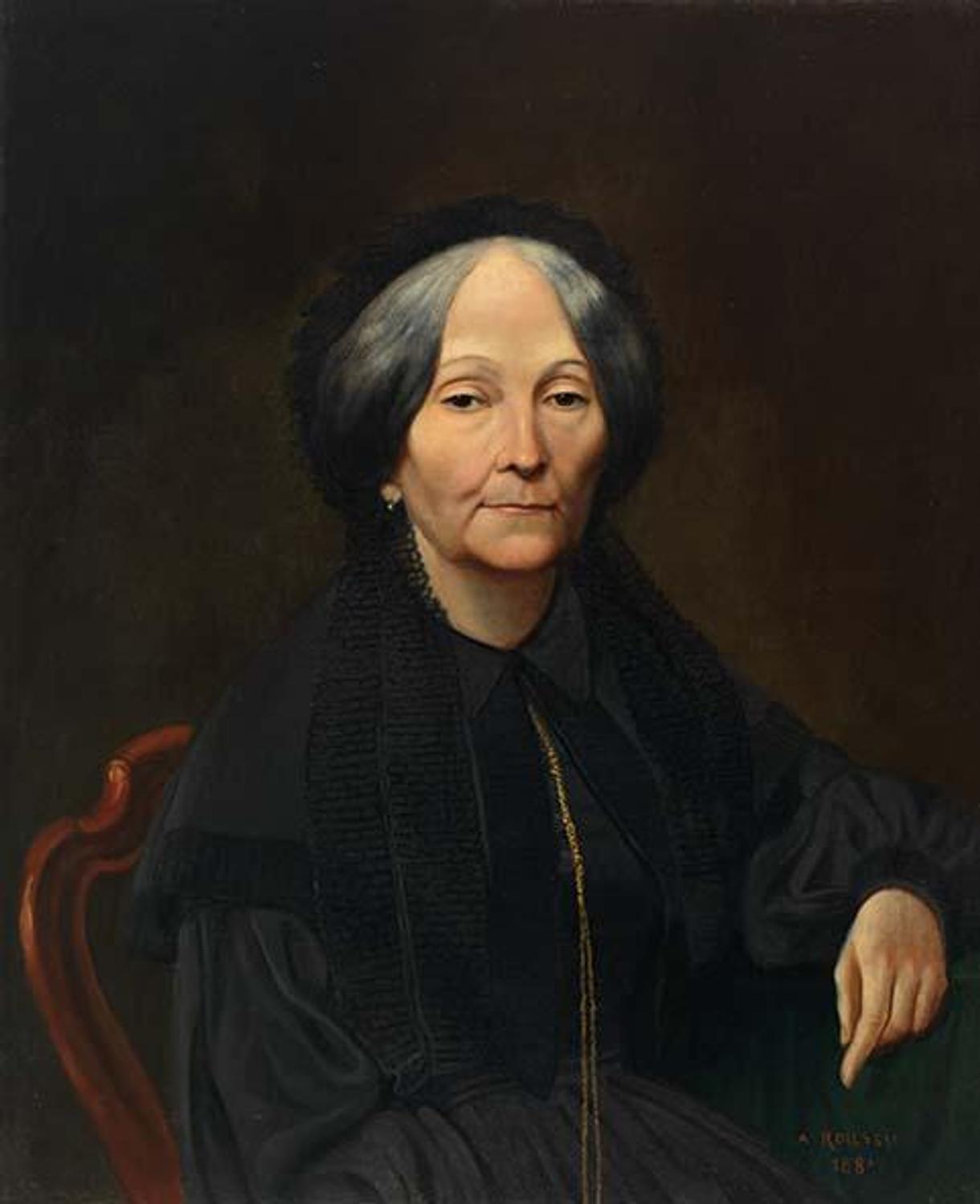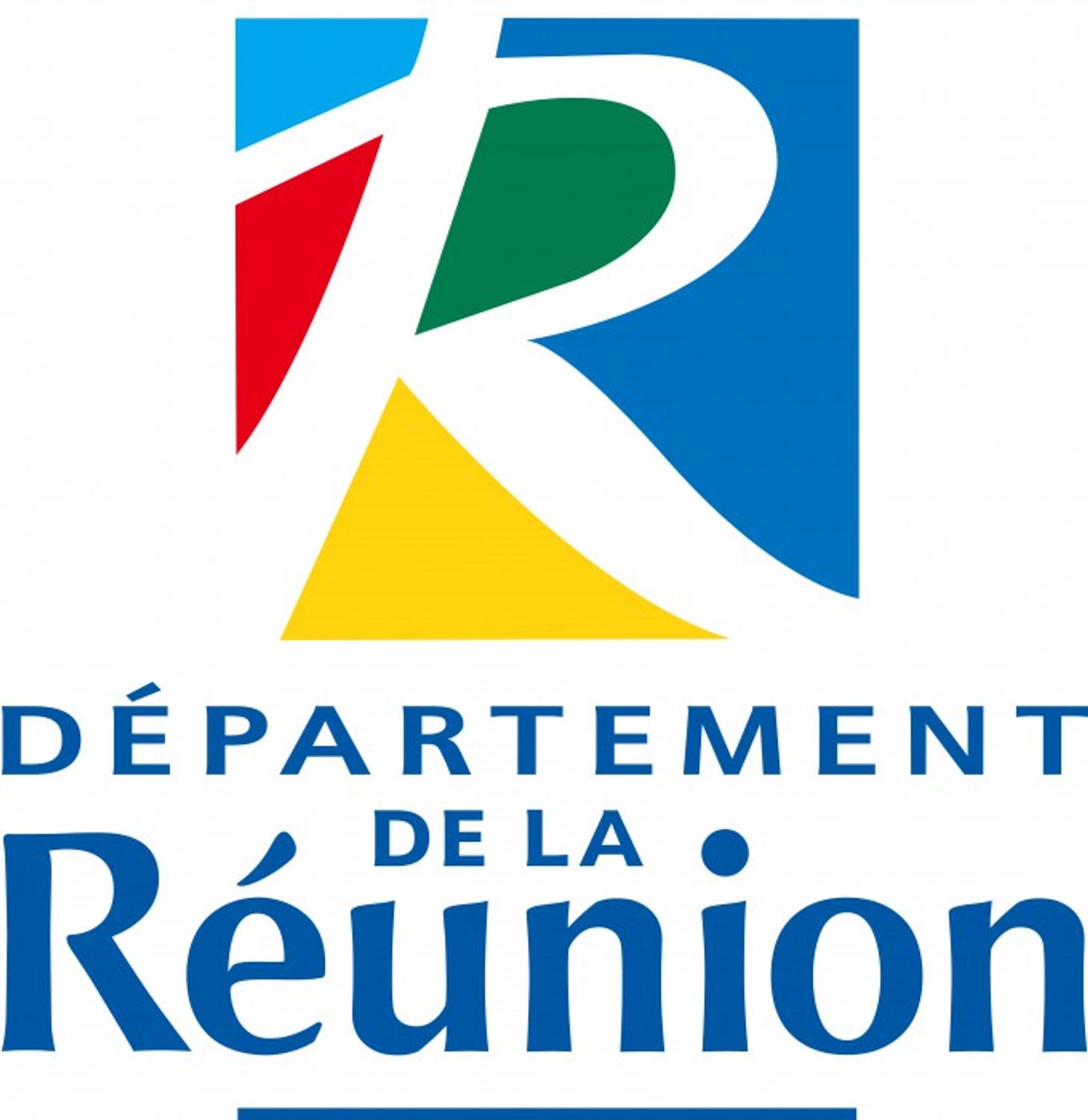THE PORTRAIT IN REUNION DURING THE 19TH CENTURY
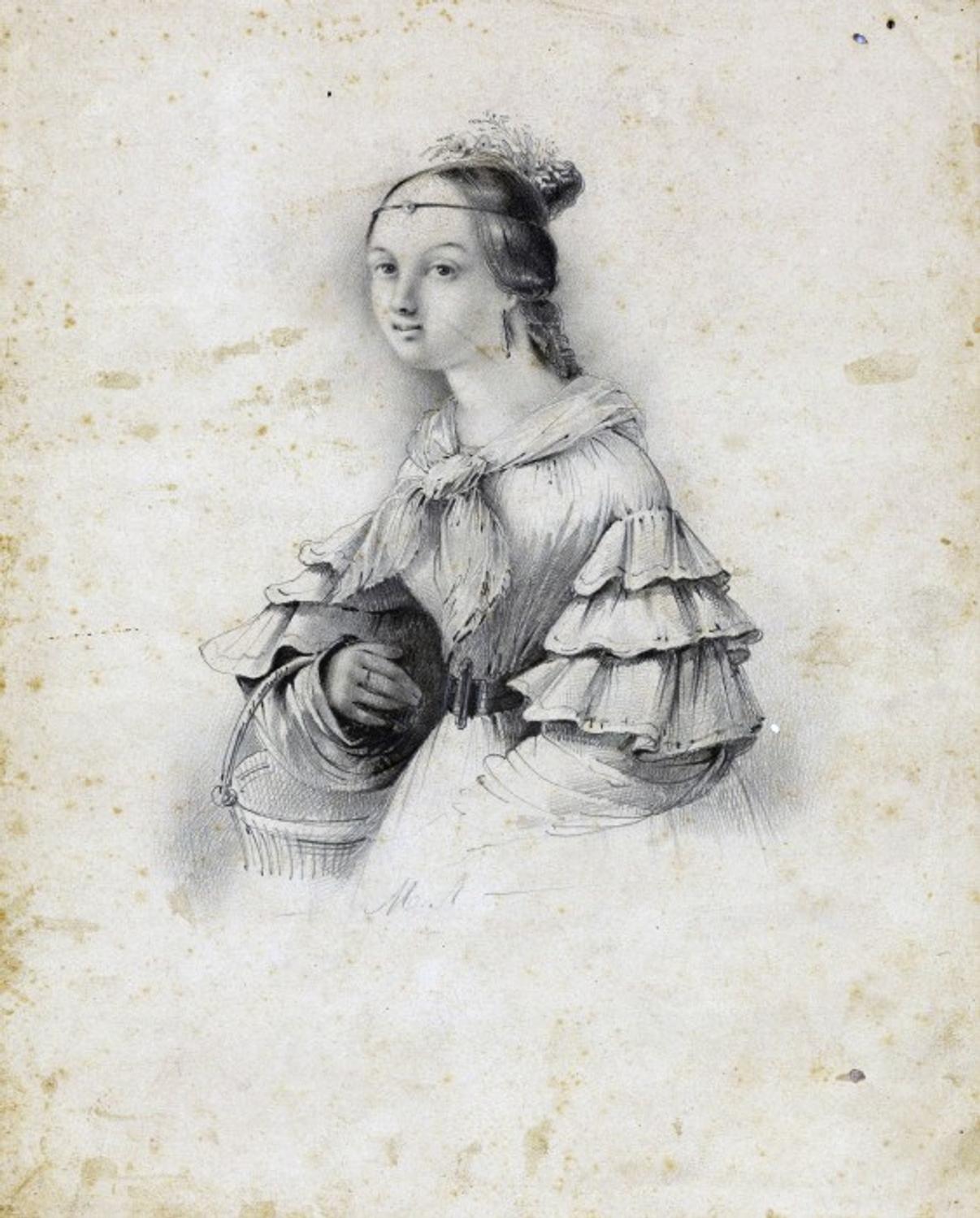
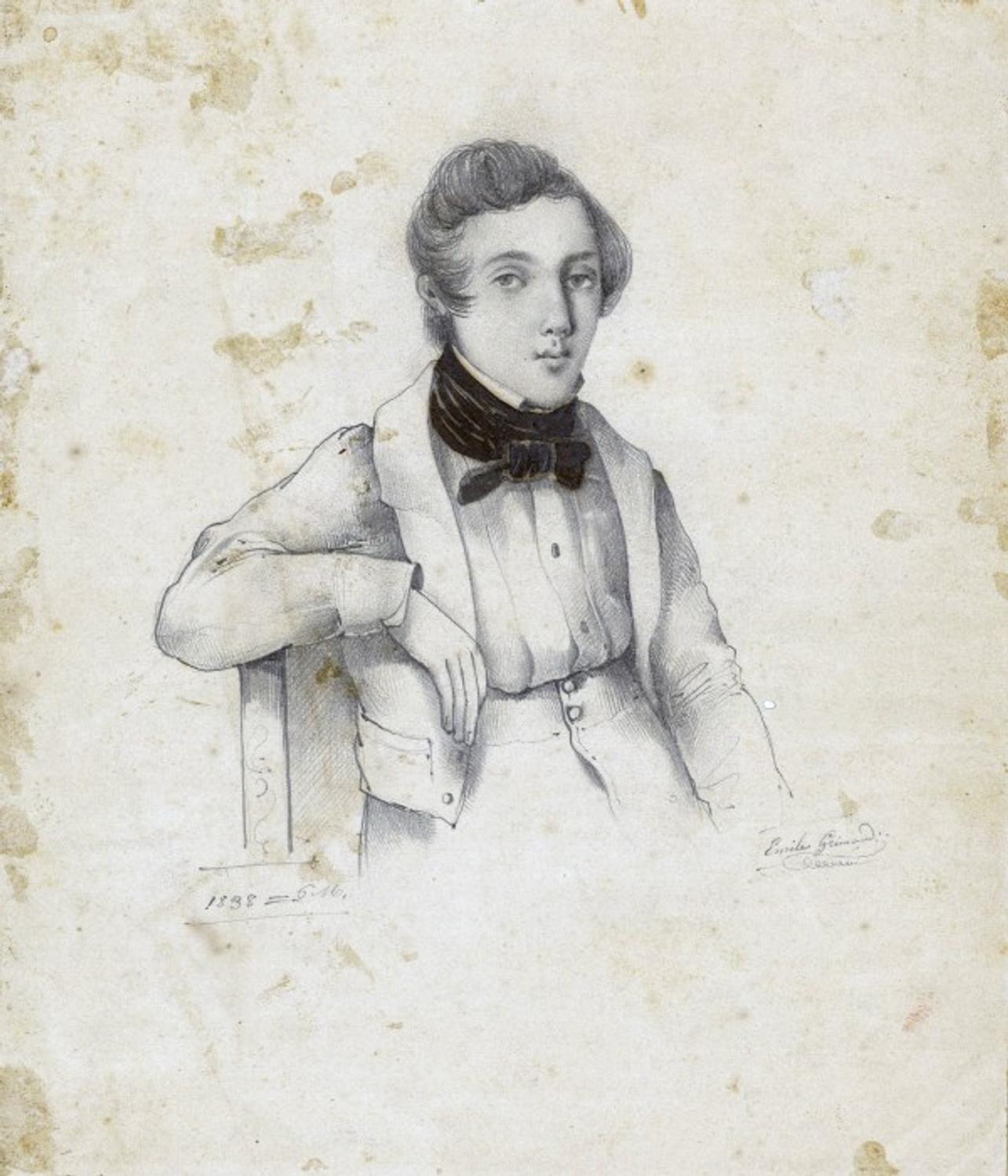
Antoine Émile Grimaud, Portraits de notables, vers 1830-1840
The artists of renown
During the first half of the 19thcentury, the local artistic circles included several artists who had achieved a certain renown. Jean-Auguste Poussin and Alphonse Garreau were the best-known. They had studied in Paris in the workshops of the great Neoclassical painters Jacques Louis David and Antoine Gros.
Another artist, Adèle Ferrand, who arrived on the island in 1846 and married Denis-Andre Le Coat de Kerveguen, painted portraits of members of her family in a strictly private context. Her premature death two years after arriving on the island gave her little time to build up a true « Reunionese » production, with the exception of a few portraits of her husband’s family.
In Saint-Denis, all those having a certain notoriety wanted to have their portrait painted by Antoine Louis Roussin: this young artist quickly acquired fame « for the ease with which he could seize a resemblance ».
In Saint-Paul, Arthur and Emile Grimaud were very well known Creole artists in the mid 19thcentury: the former for his portraits and the latter for his bitter caricatures of the colonial society.
Jean-Auguste Poussin, Portrait du botaniste Joseph Hubert, vers 1830
The artists of renown
During the first half of the 19thcentury, the local artistic circles included several artists who had achieved a certain renown. Jean-Auguste Poussin and Alphonse Garreau were the best-known. They had studied in Paris in the workshops of the great Neoclassical painters Jacques Louis David and Antoine Gros.
Another artist, Adèle Ferrand, who arrived on the island in 1846 and married Denis-Andre Le Coat de Kerveguen, painted portraits of members of her family in a strictly private context. Her premature death two years after arriving on the island gave her little time to build up a true « Reunionese » production, with the exception of a few portraits of her husband’s family.
In Saint-Denis, all those having a certain notoriety wanted to have their portrait painted by Antoine Louis Roussin: this young artist quickly acquired fame « for the ease with which he could seize a resemblance ».
In Saint-Paul, Arthur and Emile Grimaud were very well known Creole artists in the mid 19thcentury: the former for his portraits and the latter for his bitter caricatures of the colonial society.
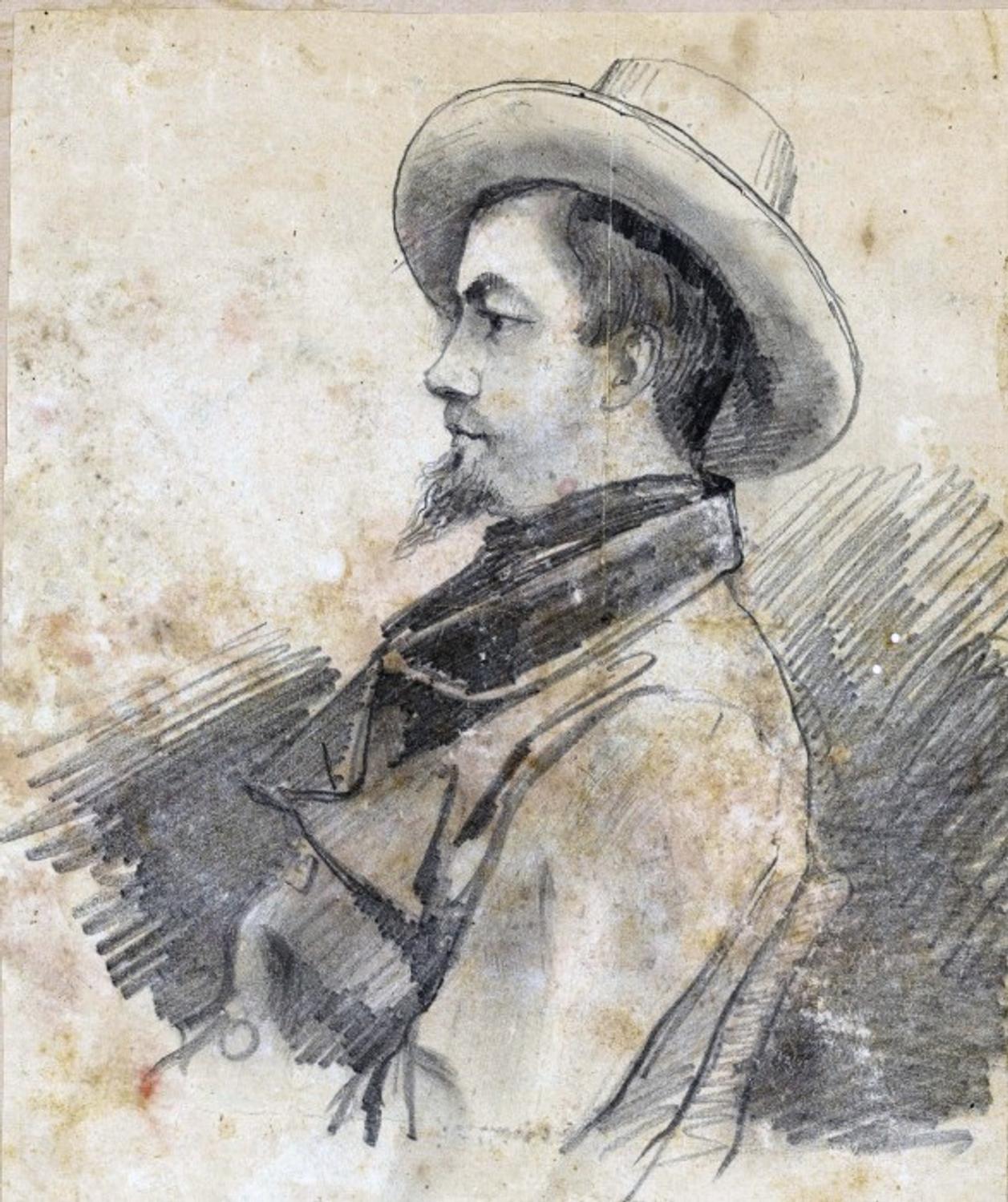
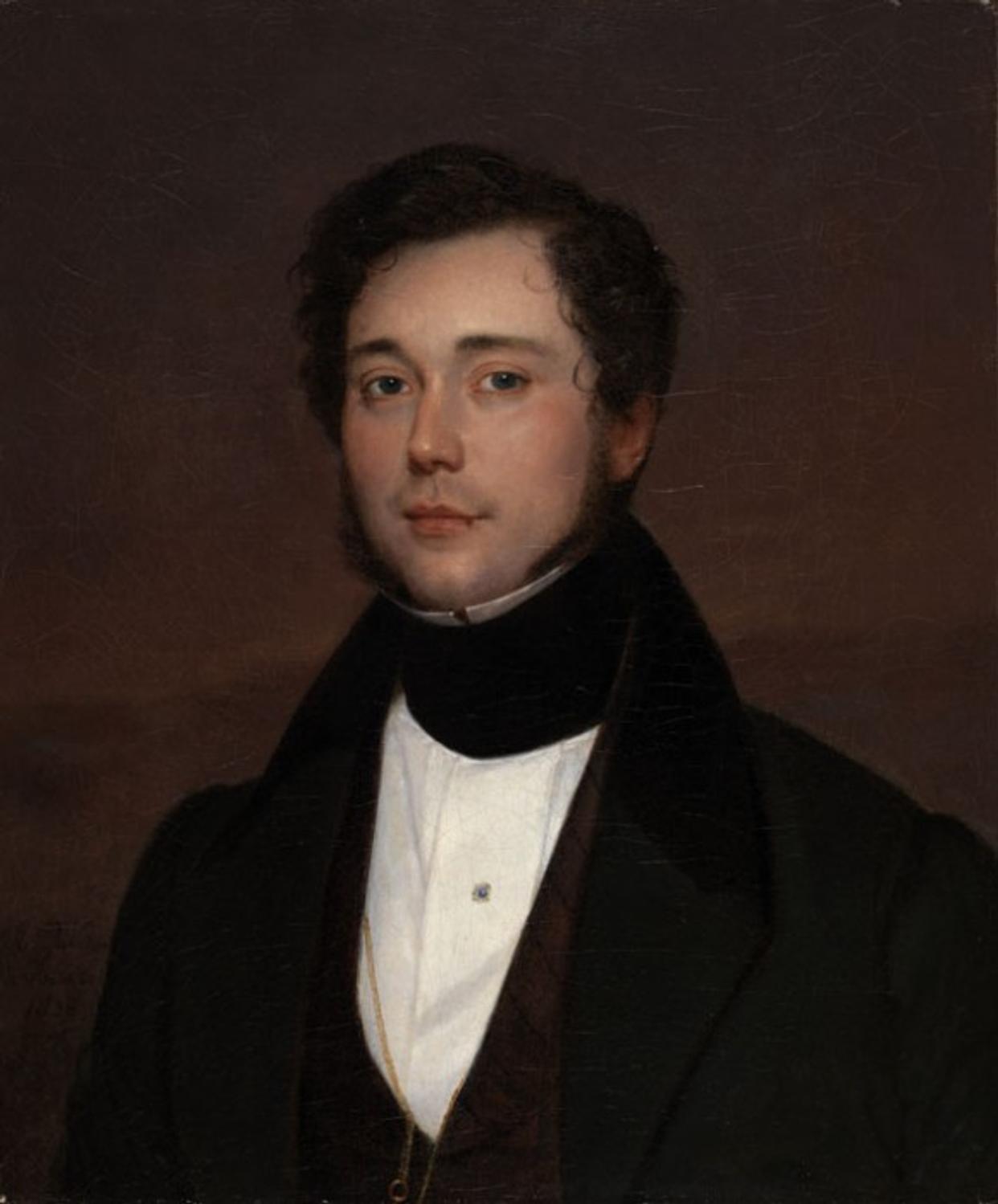
Antoine Émile Grimaud, Denis de Kervéguen, 2e quart 19e siècle (à gauche)
Alphonse Garreau, Portrait d'homme, 1836
Antoine Louis Roussin, Portrait de Mme Lahuppe, 1885
The end of the painted portrait
From the 1800s to the 1880s, these painters left a large number of works, several examples of which are to be found in the art gallery. Most of these are head-and-shoulders portraits against a neutral background; they have a smooth, porcelain-like quality, reflecting the academic aesthetics of the period.
Nevertheless, some of these stand out for their originality, such as Portrait d’un colon de l’île Bourbon (Portrait of a settler on Bourbon island) by Arthur Grimaud, for which the artist rather naïvely applied the codes of portraits of the nobility during the Ancien Régime: the pose taken up by the sitter, the curtain, the architectural elements and the symbolic accessories.
In Reunion like in Europe, with the invention of photography, the photographic portrait encountered unprecedented success and competed with the painted portrait. Long periods of time posing in the painter’s studio came to be replaced by just a few minutes with the photographer. So photography, being less costly, put an end to the practice of the painted portrait in Reunion during the second half of the 19thcentury.
Arthur Grimaud, Portrait d'un colon de l'île Bourbon, 1848
